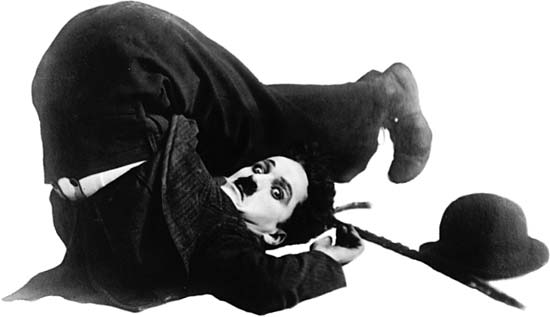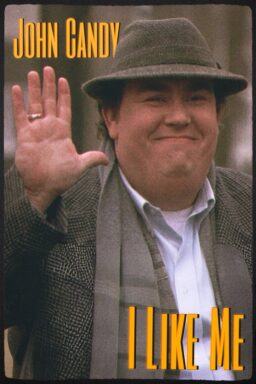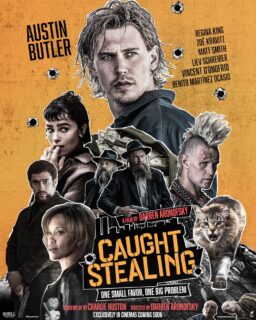How did Charles Chaplin get his start on the screen? In 1913 the English comic was on a U.S. tour with a vaudeville troupe when the Keystone Film Company offered him $150 per week. Chaplin signed a contract and took the train to Los Angeles. He acted on camera for the first time in “Making a Living.” A critic at The Moving Picture World gushed that the newcomer was “a comedian of the first water, who acts like one of Nature’s own naturals.”
You can see that historic one-reeler, originally released on February 2, 1914, in “Chaplin At Keystone,” a 4-disc DVD set to be released October 26 by Flicker Alley. This L.A.-based outfit lovingly revives silent-era treasures. Their ecent DVDs include “The Italian Straw Hat” (1927) by Rene Clair, and a double bill of the John Gilbert adventures “Monte Cristo” (1922) and “Bardelys the Magnificent” (1926).
“Chaplin At Keystone” offers 35 one- and two-reelers, plus the feature-length comedy “Tillie’s Punctured Romance” with Marie Dressler topping the bill. Extras include an animated Chaplin film, an informative booklet by historian Jeffrey Vance, vintage photos and a tour of L.A. shooting locations. Flicker Alley and its collaborators devoted eight years to tracking down prints from international archives to assemble the best versions for digital transfer. Only only title, “Recreation,” looks really bad due to deterioration.
Chaplin’s garb, gait and glued-on mustache in “Making a Living” reveal that his trademark Tramp was a work-in-progress. The biggest detour from that persona is his turn as a woman in “A Busy Day.”
Keystone Film Company was an assembly line of slapstick. Kicking backsides, stumbling on staircases and watery dunkings and hosings recur as schticks. The preferred way to topple an opponent– when there’s no brick at hand to hurl at his head– is putting your hand on his face and shoving him backwards. Chaplin’s boss, Mack Sennett, lessened Keystone’s usual pie-tossings and madcap chases when framing his new phenom. “Anything that diverts the camera’s eye from Chaplin himself is likely to be a waste of celluloid,” he later wrote his memoir.
“The tramp’s reactions to a situation were often more interesting than the situations themselves,” writes Vance in his essay “Chaplin at Keystone: The Tramp is Born.” Sennett let Chaplin start directing, for a $25 bonus, but it’s not so easy to see his hand in those uncredited two-reelers. Cinefiles can better track Chaplin’s mature technique in the out-takes unearthed in the 1983 documentary “Unknown Chaplin: The Master at Work,” narrated by James Mason.
In his 1964 autobiography, Chaplin claimed: “All I need to make a comedy is a park, a policeman and a pretty girl.” The benches, shrubs and lake of Echo Park, located five blocks from the Keystone studio, are repeated locales. In a couple films Chaplin goes to the movies. In “Those Love Pangs” he gets tossed through the screen. Several comedies are even staged in film studios. Others are set at actual public events where Keystone cast actors with movie cameras to play newsreel cameramen.
In character, Chaplin ruins shot after shot of a mock crew in “Kid Auto Races at Venice, Cal.” Scanning faces in the background, Vance interprets the crowd’s visible reaction to Chaplin’s punking, circa 1914: “In those brief moments of discovery, recorded for posterity, a comedic revolution was born.”
In “A Film Johnnie,” where Chaplin sparks havoc at “Keystone,” a fleeting detail mystifies: a member of the film-in-the-film crew holds a sign reading “Good Scene” with a swastika in each of its four corners.
Chaplin left Keystone after a year. The Essanay Film Manufacturing Company contracted him for $1,250 per week in 1915. In Chicago he shot his first Essanay film, titled “His New Job” and set in a film studio named “Lockstone.” “The Tramp,” made later that year at Essanay’s California studio, announced the arrival of the international icon nurtured at Keystone.
Bill Stamets is a Chicago teacher and free-lance writer.












